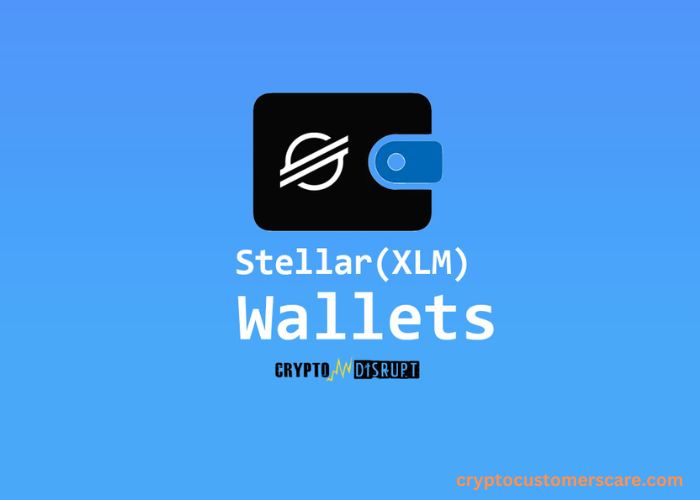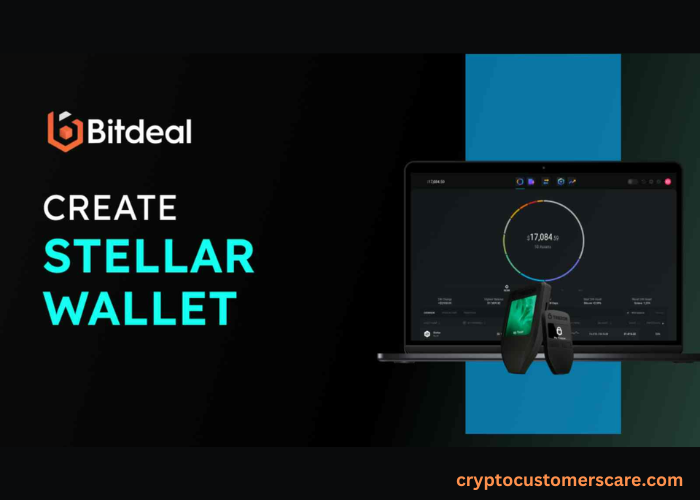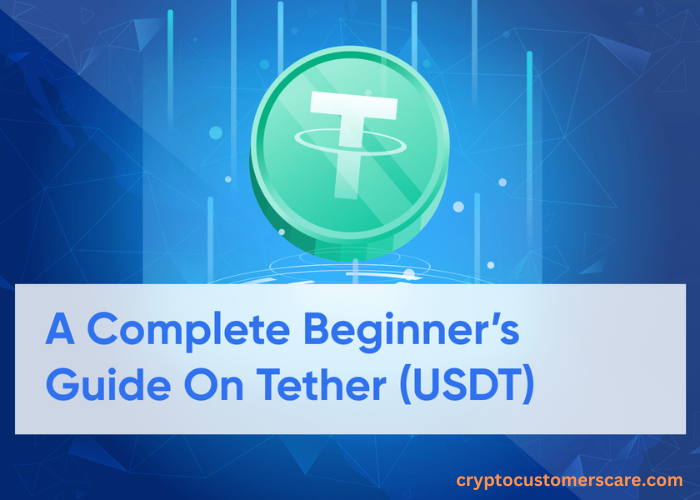In the world of cryptocurrency mining, ASIC (Application-Specific Integrated Circuit) mining hardware plays a crucial role. ASIC mining hardware is specifically designed to perform the complex calculations required for mining cryptocurrencies such as Bitcoin. In this article, we will delve into the details of how ASIC mining hardware works and explore the various components, algorithms, and popular brands in the market.
What Is Asic Mining?
ASIC mining, as the name suggests, involves the use of specialized hardware known as ASIC miners to mine cryptocurrencies. Unlike traditional CPUs or GPUs, ASIC miners are purpose-built for mining and offer significantly higher hash rates, allowing for faster and more efficient mining operations.
ASIC miners are designed to perform a specific set of calculations related to a particular mining algorithm, making them much more efficient and powerful compared to general-purpose hardware.
The Advantages of Asic Mining Hardware
The use of ASIC mining hardware offers several advantages over traditional mining methods. First and foremost, ASIC miners are highly efficient, consuming less power compared to CPUs or GPUs while delivering significantly higher hash rates.
This increased efficiency translates into a lower cost of operation and higher profitability for miners. Additionally, ASIC mining hardware is more durable and reliable due to its specialized design, resulting in fewer maintenance issues and longer lifespan.
How Asic Mining Hardware Works
ASIC mining hardware achieves its exceptional performance by utilizing a combination of specialized components and algorithms. At the heart of an ASIC miner is the ASIC chip itself, which is specifically designed to perform the complex calculations required for mining cryptocurrencies. These chips are manufactured using advanced semiconductor technology to optimize performance and power consumption.
The ASIC chip is integrated into a larger hardware unit, which includes components such as power supply units, cooling systems, and control boards. The power supply unit provides the necessary electrical power to the ASIC chip and other components, while the cooling system ensures that the hardware remains within optimal temperature ranges. The control board manages the overall operation of the ASIC miner and interfaces with the mining software.
Components of Asic Mining Hardware
ASIC mining hardware consists of several key components that work together to enable efficient mining operations. Apart from the ASIC chip itself, which is the heart of the hardware, other essential components include the power supply unit (PSU), cooling system, and control board.
The power supply unit is responsible for converting the incoming electrical power into the appropriate voltage and current required by the ASIC chip and other components. It is crucial to choose a high-quality PSU that can deliver stable power to the ASIC miner, as any fluctuations or power surges can result in hardware damage or reduced mining efficiency.
The cooling system is vital to maintain the ASIC miner within optimal temperature ranges. The high computational workload involved in mining generates a significant amount of heat, which can potentially damage the hardware if not properly managed. Cooling systems in ASIC miners typically consist of fans, heatsinks, and sometimes liquid cooling solutions to dissipate the heat efficiently.
The control board acts as the brain of the ASIC miner, managing the overall operation and interfacing with the mining software. It controls the ASIC chip, monitors temperature, adjusts fan speed, and provides an interface for configuring the mining parameters. The control board also allows for connectivity options such as Ethernet or Wi-Fi, enabling remote monitoring and management of the ASIC miner.
Asic Mining Algorithms
ASIC mining hardware is designed to work with specific mining algorithms associated with different cryptocurrencies. Each algorithm has its unique characteristics and requirements, and ASIC miners are optimized to perform the calculations required by these algorithms.
For example, Bitcoin uses the SHA-256 algorithm, which requires ASIC miners specifically designed for SHA-256 calculations. Similarly, other cryptocurrencies such as Ethereum, Litecoin, and Monero have their own set of algorithms, each requiring specialized ASIC miners.
It is essential to consider the mining algorithm when choosing ASIC mining hardware, as compatibility with the desired cryptocurrency is crucial for optimal mining performance and profitability.
Popular Asic Mining Hardware Brands
There are several reputable brands in the market that offer ASIC mining hardware. These brands have established themselves as leaders in the industry, providing high-quality and reliable products. Some of the popular ASIC mining hardware brands include Bitmain, Canaan Creative, MicroBT, Innosilicon, and Ebang.
Bitmain, the largest manufacturer of ASIC miners, is known for its Antminer series, which includes models optimized for various mining algorithms. Canaan Creative, another significant player in the market, offers its Avalon series of ASIC miners. MicroBT, Innosilicon, and Ebang are also known for their reliable and efficient ASIC mining hardware.
When choosing ASIC mining hardware, it is crucial to consider factors such as brand reputation, product quality, customer support, and compatibility with the desired mining algorithm.
Factors to consider when choosing ASIC mining hardware
Selecting the right ASIC mining hardware is crucial for successful and profitable mining operations. Here are some factors to consider when choosing ASIC mining hardware:
- Hash rate: The hash rate of an ASIC miner determines its mining power. Higher hash rates result in faster and more efficient mining operations.
- Power consumption: Efficient power consumption is essential to minimize operational costs and maximize profitability. Lower power consumption translates into higher efficiency.
- Cost: The upfront cost of ASIC mining hardware is a significant consideration. It is important to find a balance between cost and performance to ensure a good return on investment.
- Mining algorithm compatibility: Ensure that the ASIC miner is compatible with the desired mining algorithm to achieve optimal mining performance.
- Reliability and durability: Choose a reputable brand known for producing reliable and durable ASIC mining hardware. This reduces the risk of hardware failure and ensures a longer lifespan.
- Noise and heat generation: Consider the noise and heat generation of the ASIC miner, especially if the mining operation is in a residential or office environment.
How To Set Up and Configure Asic Mining Hardware
Setting up and configuring ASIC mining hardware requires careful attention to detail. Here is a general guide to help you get started:
- Unpack the ASIC miner and assemble any additional components such as the power supply unit and cooling system.
- Connect the power supply unit to the ASIC miner, ensuring that the voltage and current settings are appropriate.
- Connect the cooling system to the ASIC miner, ensuring proper airflow and heat dissipation.
- Connect the control board to the ASIC miner and configure the mining parameters using the provided software or web interface.
- Connect the ASIC miner to the mining pool of your choice using the provided connectivity options.
- Power on the ASIC miner and monitor the mining operation to ensure everything is running smoothly.
- Fine-tune the mining parameters and monitor the performance to maximize efficiency and profitability.
Tips for Maximizing the Efficiency of Asic Mining Hardware
To maximize the efficiency of ASIC mining hardware and optimize profitability, consider the following tips:
- Choose the right mining algorithm: Select ASIC miners that are specifically designed for the mining algorithm of your desired cryptocurrency. This ensures optimal mining performance.
- Optimize cooling: Ensure that the cooling system is properly installed and maintained to keep the ASIC miner within optimal temperature ranges. This improves overall efficiency and prolongs the hardware lifespan.
- Regular maintenance: Clean the ASIC miner regularly to remove dust and debris that can hinder airflow and cooling. Check for any loose connections or signs of wear and tear.
- Monitor power consumption: Keep track of the power consumption of the ASIC miner and optimize the settings for maximum efficiency. Lower power consumption reduces operational costs.
- Stay updated: Keep up with the latest developments in ASIC mining hardware and mining algorithms. Newer models and algorithms may offer improved efficiency and profitability.
The Future of Asic Mining Hardware
As the cryptocurrency industry continues to evolve, the future of ASIC mining hardware looks promising. Manufacturers are constantly improving their designs and technologies to offer more efficient and powerful ASIC miners. We can expect to see advancements in areas such as power efficiency, hash rates, and compatibility with new mining algorithms.
Additionally, the increasing demand for cryptocurrencies and the growing complexity of mining operations will drive the development of more specialized ASIC mining hardware. This will allow miners to stay competitive and profitable in an ever-changing market.
Conclusion
ASIC mining hardware plays a crucial role in the world of cryptocurrency mining. Its specialized design and optimized performance make it the preferred choice for miners looking to maximize efficiency and profitability. Understanding how ASIC mining hardware works, along with the various components, algorithms, and brands available, is essential for successful mining operations. By considering factors such as hash rate, power consumption, and mining algorithm compatibility, miners can choose the right ASIC mining hardware and set up their operations for optimal results.







